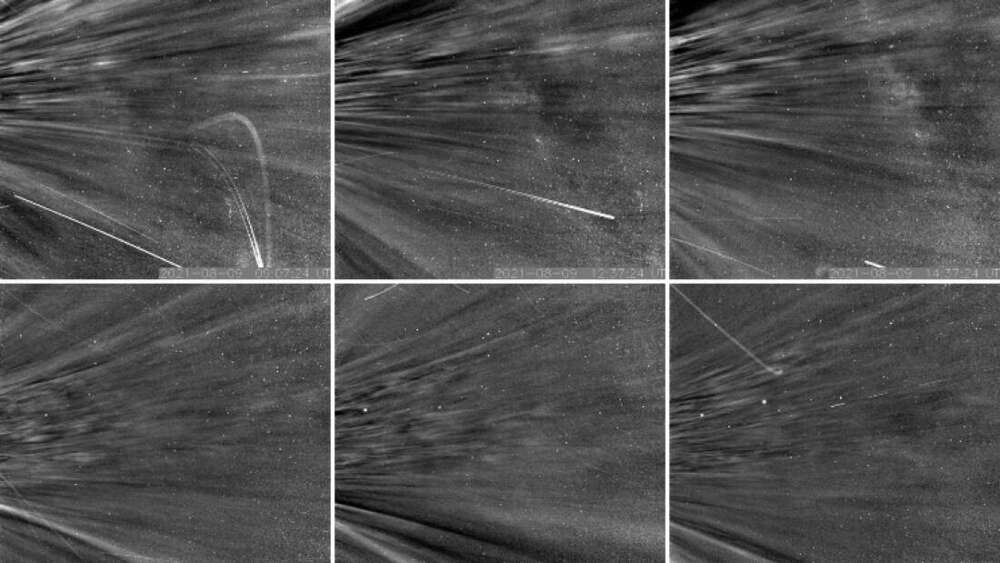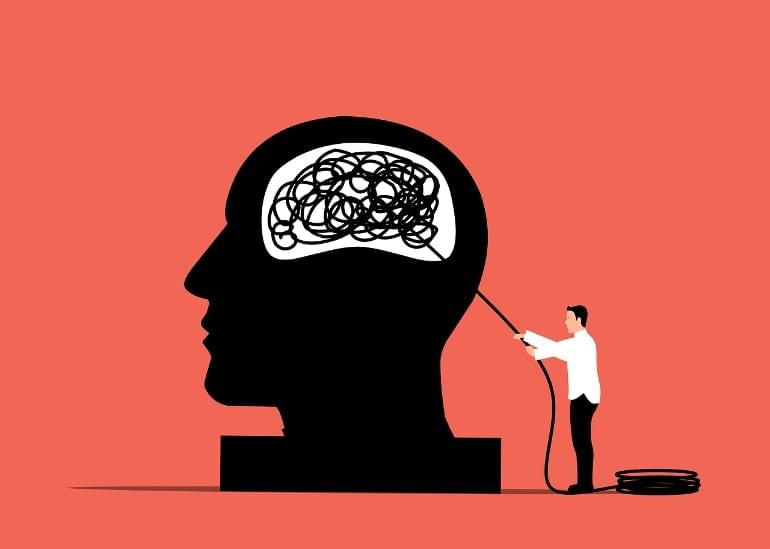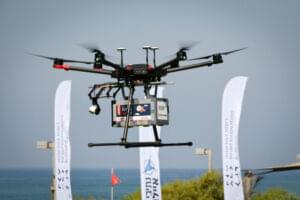Dec 20, 2021
Watch Incredible Video Of NASA’s Solar Probe Whizzing Through The Sun’s Corona
Posted by Alberto Lao in category: space
You’ve probably heard that NASA’s Parker Solar Probe made history this year by becoming the first spacecraft to “touch the Sun.” Now there’s video of the probe whizzing through the Sun’s corona, and to say it’s breathtaking is an understatement of the year. And yes, that is the Milky Way, as seen through the Sun’s “atmosphere”, special guest starring.
Parker is no stranger to historic firsts and record-breaking feats. It broke the distance record this year, becoming the closest human-made object to the Sun at only 8.5 million kilometers (5.3 million miles) from the Sun’s surface. It also broke its own record, making it the fastest man-made object ever.
Continue reading “Watch Incredible Video Of NASA’s Solar Probe Whizzing Through The Sun’s Corona” »

















